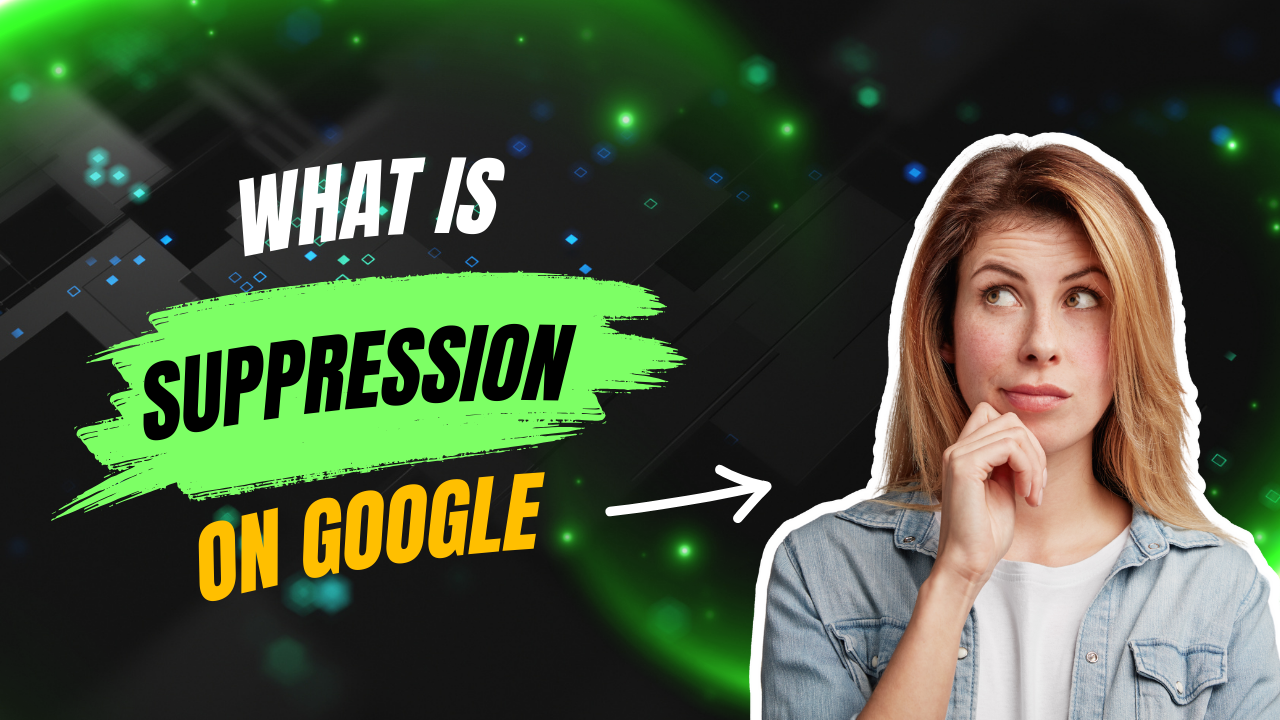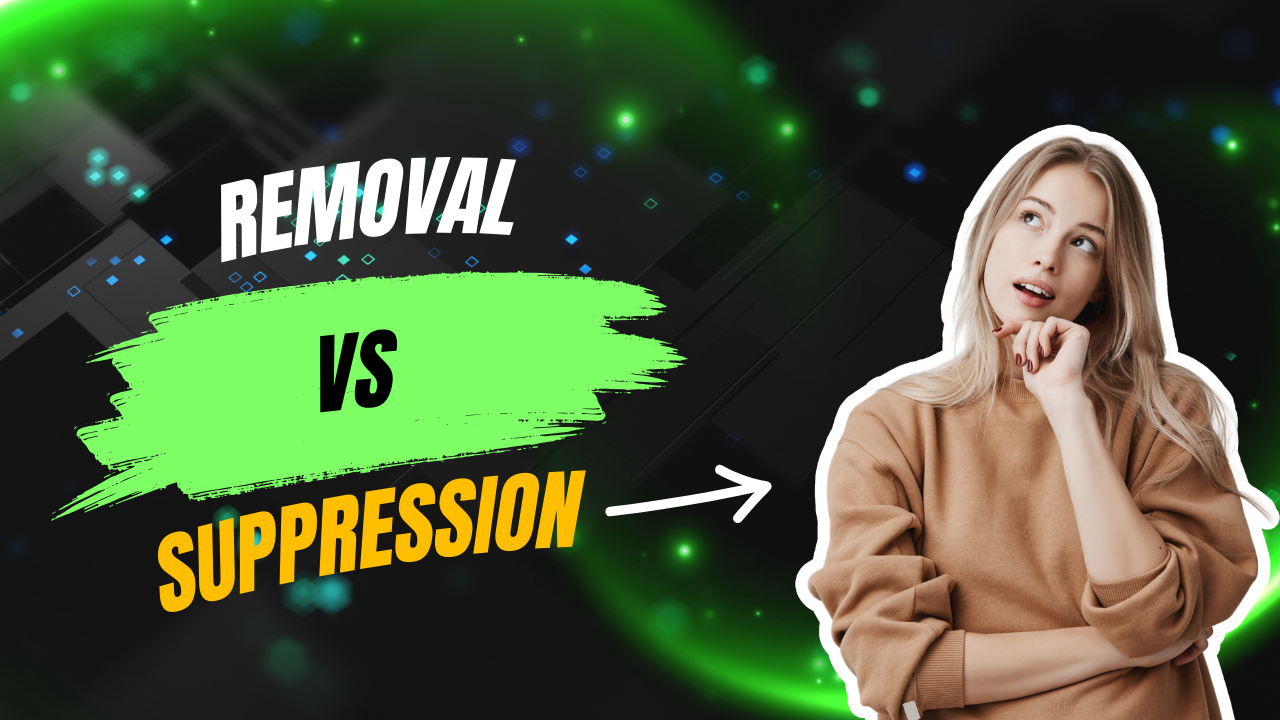When you can’t remove something negative from Google, the next best strategy is to suppress it. That means pushing the bad result down in search by filling page one with better content.
The average person doesn’t go past the first page of Google. If you can bury negative links beneath stronger, more relevant pages, most people will never see them.
Here are the five most effective ways to do that.
More DB Insights: How to Remove Google Search Results
1. Build a Strong Personal or Business Website
Google favours websites with your name in the domain. That’s why owning a site like YourName.com or YourBusiness.com is one of the fastest ways to take control of your search presence.
Tips:
- Include your full name or business name throughout the site
- Create an “About” page, blog, and contact section
- Update regularly to keep it fresh
Search engines reward active, well-structured websites with higher rankings over time.
2. Boost Your Social Media Profiles
Public, optimised social profiles often rank on page one. If you haven’t already, create or update accounts on:
- Twitter/X
- YouTube
Use your real name or business name as the username and profile title. Post content regularly, and engage with others to keep these pages active and relevant.
3. Publish High-Quality Content
New, keyword-rich content helps fill out your search presence. The more good content you publish, the more Google has to rank—pushing down negative results in the process.
What to post:
- Blog articles
- How-to guides
- Interviews or Q&As
- Videos
- Infographics
Post to your website and platforms like Medium, Substack, or LinkedIn Articles for broader reach.
4. Use Press Coverage and Guest Posts
Backlinks and third-party credibility make a huge difference. Writing or being featured in articles on trusted websites helps you build authority fast.
Where to pitch:
- Industry blogs
- Local news outlets
- Podcasts or YouTube shows
- Niche communities in your field
Ask to include your name or business name in the headline or byline when possible. These pages often outrank the original negative content.
5. Get Help If It’s Not Moving
Suppression takes time. If negative results are stuck in place or rising again, it may be time to bring in a professional.
An experienced reputation management service can:
- Publish and promote high-authority content
- Target the exact keywords the bad results are ranking for
- Monitor your progress with tools like Ahrefs or Google Search Console
If the content is causing real harm, legal or removal options may also be worth exploring alongside suppression.
Final Takeaway
Suppression isn’t about hiding the truth—it’s about making sure better, more accurate information shows up first. Google prioritises relevance and trust. If you create the right content in the right places, you can push bad results off the first page—and take back control of your reputation.
If you’re facing something damaging, your first step should be to try to get it taken down at the source. If that doesn’t work, aim to have it deindexed by Google or the site itself. And if it’s still showing up, ReputationDB can help you navigate both options—so you stay in control of what people see online.



